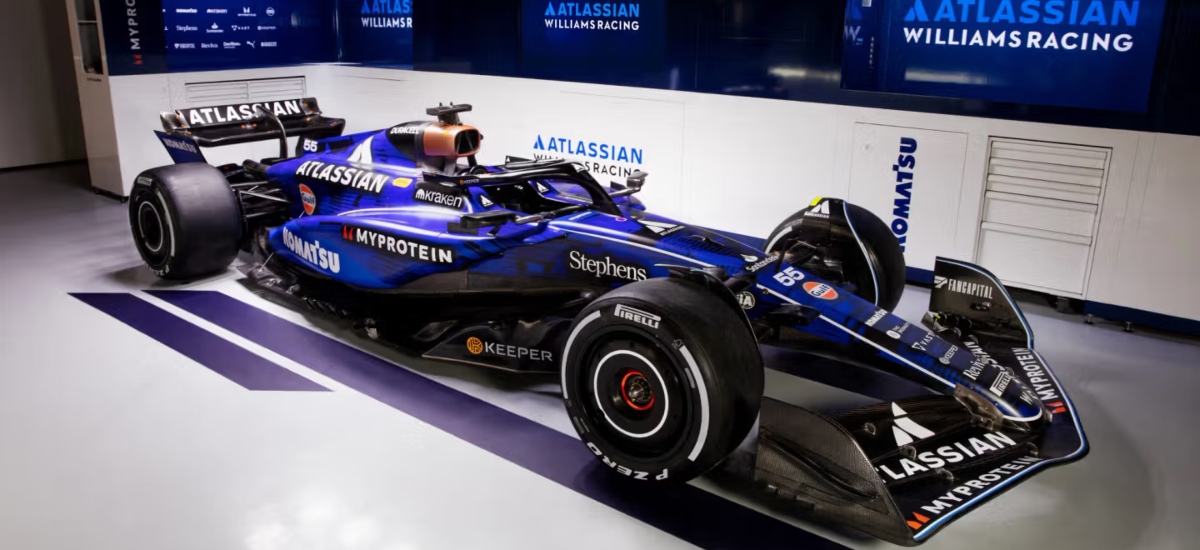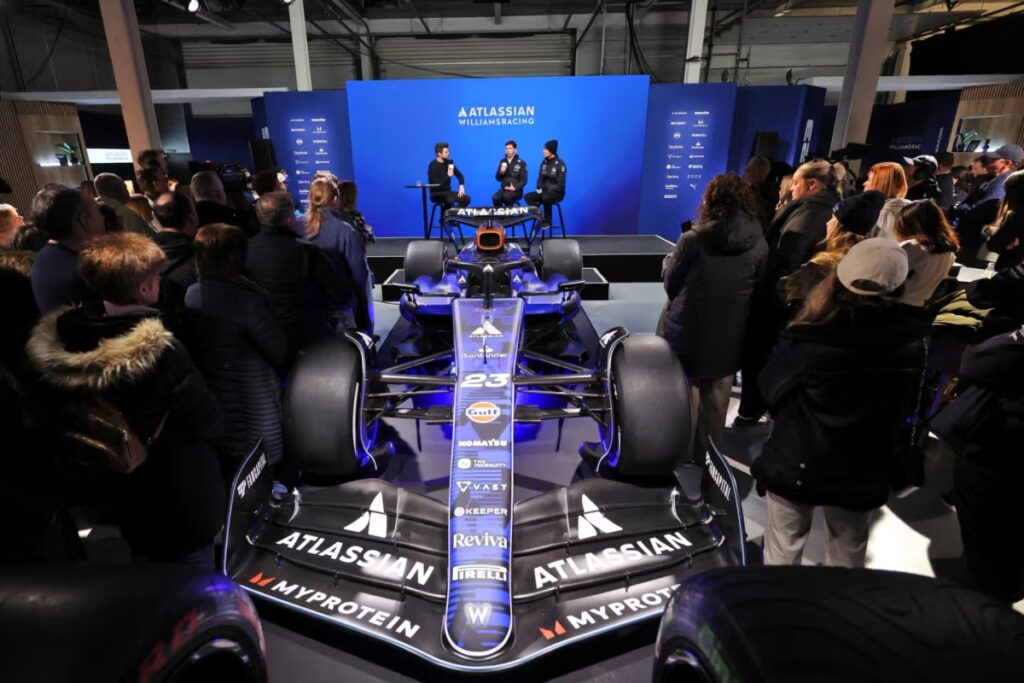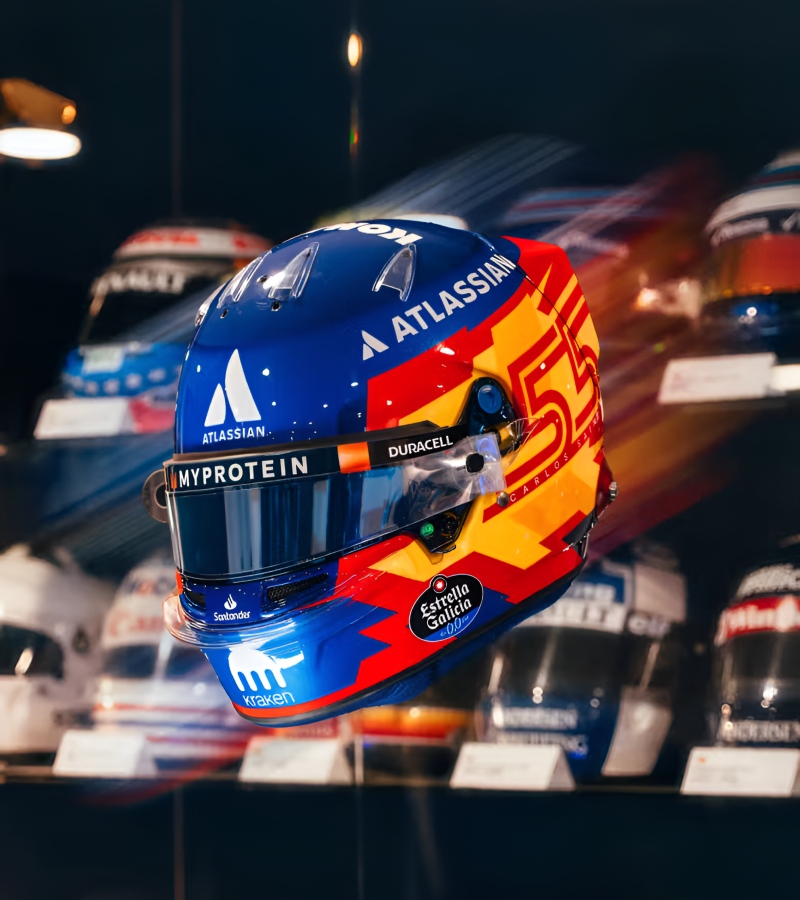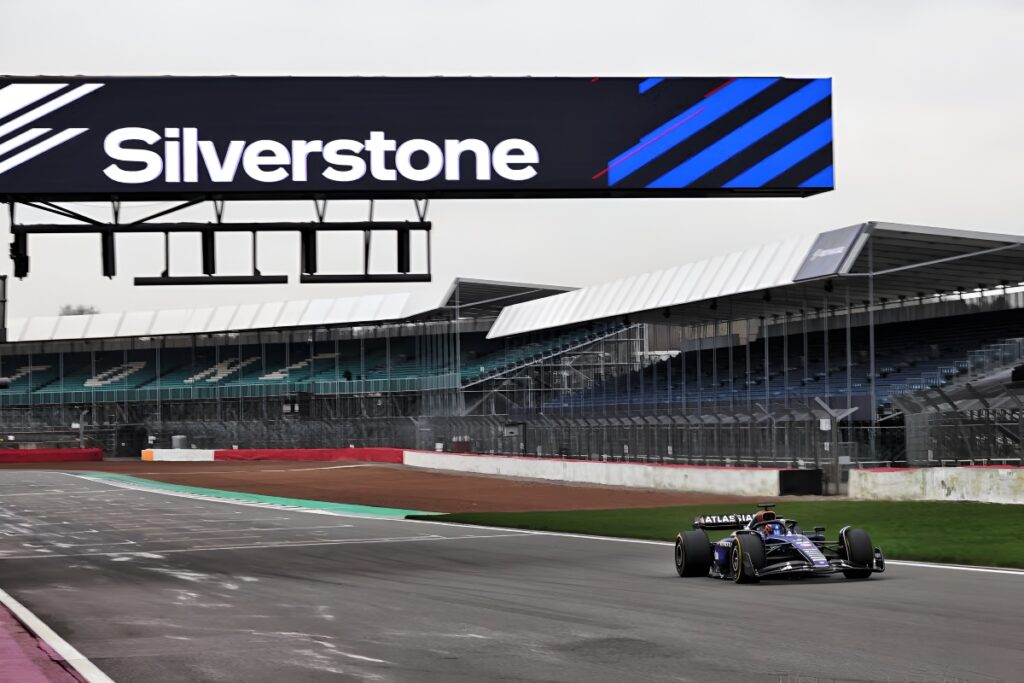At first glance, the new FW47 by Williams for F1 2025 season may appear to be an evolution of its predecessor, the FW46, but a closer look reveals significant aerodynamic and mechanical improvements.
One of the most noticeable changes is in the sidepods, which now feature a more gradual contour tapering towards the rear.
Additionally, the floor edges have been redesigned with more aggressive vortex generators and an enhanced airflow channel to maximize aerodynamic efficiency.
Suspension Overhaul Inspired by Mercedes
Williams has taken a strategic step by adopting a rear pushrod suspension, following the approach used by Mercedes.
This adjustment is expected to optimize airflow toward the diffuser, a necessary change following the decision to implement Mercedes‘ gearbox for the 2025 season, which already incorporates this suspension system.
Meanwhile, the front suspension retains the pushrod configuration, a choice aimed at maintaining a balance between mechanical efficiency and aerodynamic performance.




